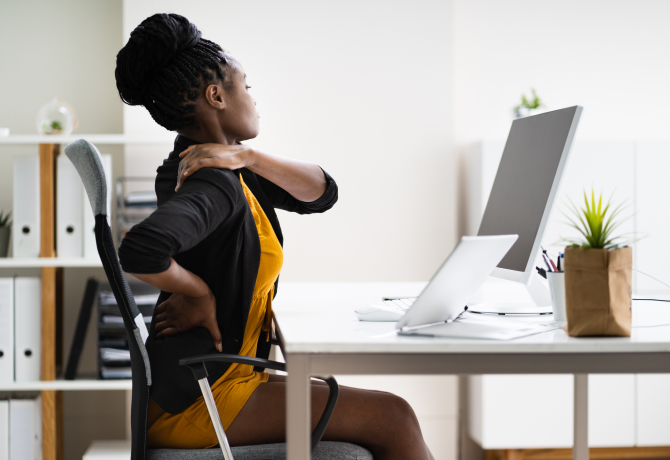Do you have Back Pain ?
Neck Pain ?
Both ?
We want to hear from you!

We want to hear from you!

Welcome to the website of the Australian Longitudinal Study on Back and Neck Pain.
We want to hear from you!
Read More
As we are trying to better understand the impact of back and neck pain in Australia.
Fact: Back, and neck pain, in most cases, are not an indication of a serious underlying condition. Most back and neck pain resolve on their own or with simple treatments such as exercise and self-care.
Fact: While poor posture can contribute to back and neck pain, it is not the sole cause. Other factors such as injury, stress, and degenerative conditions can also lead to back and neck pain.
Fact: There is no quick fix for back and neck pain. Effective treatment often involves a combination of approaches such as exercise, self-care, and medication.
Fact: The degree of pain does not always indicate the severity of the underlying condition. In approximately 90% of back and neck pain cases, there is no damage to the spine.
Fact:While imaging tests such as MRI or CT scan can help diagnose certain conditions, they may not always show the exact cause of back or neck pain.
Fact: Exercise and movement are often effective in reducing back and neck pain and improving function. Proper exercise can help strengthen the back and neck muscles and increase flexibility, reducing the risk of future pain.
Fact: Injections and surgery are not always necessary for back/neck pain. Most cases can be managed with non-surgical treatments such as movement, exercise, medication, and self-care.
Fact: Prolonged bed rest can actually worsen back and neck pain and delay recovery. Staying active and continuing with daily activities, with modifications if needed, is often more effective.
Fact: Opioids are not recommended for chronic back and neck pain as they can have serious side effects and do not always provide long-term relief. Non-opioid medications such as paracetamol and/or NSAIDs are often more effective.
Fact: Proper bending and lifting techniques are important for protecting the back and neck, but complete avoidance of these movements can lead to deconditioning and weakness, making the back and neck more vulnerable to injury.